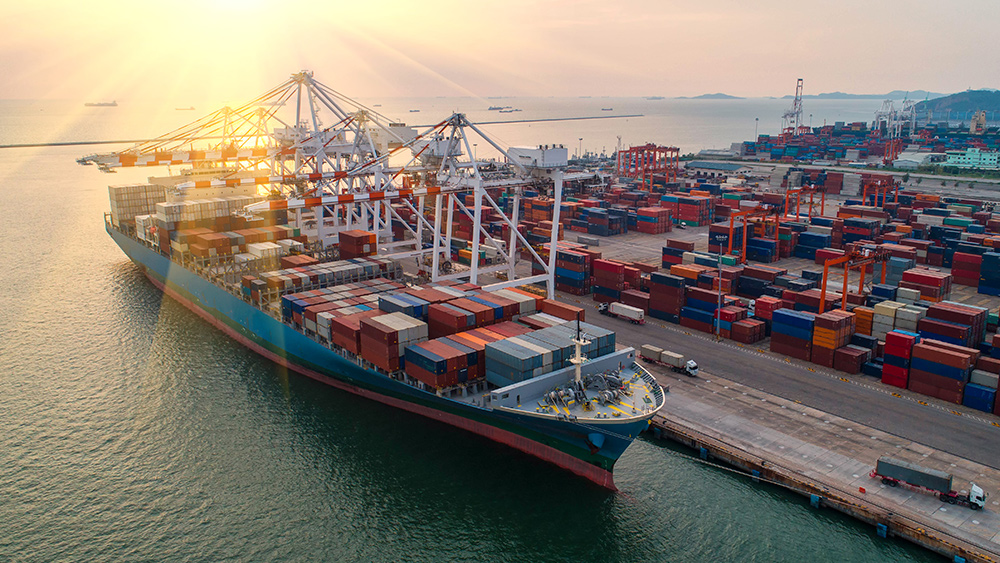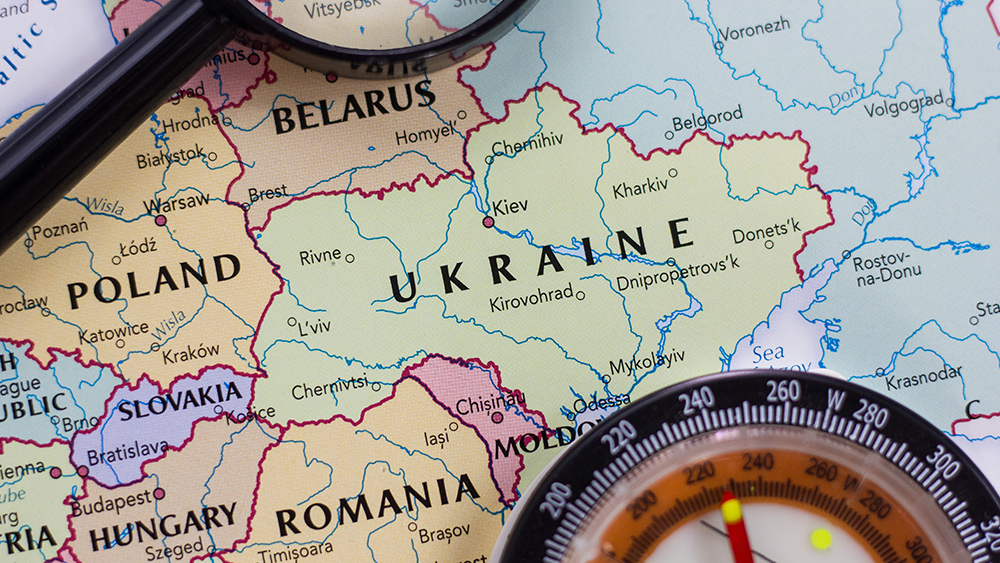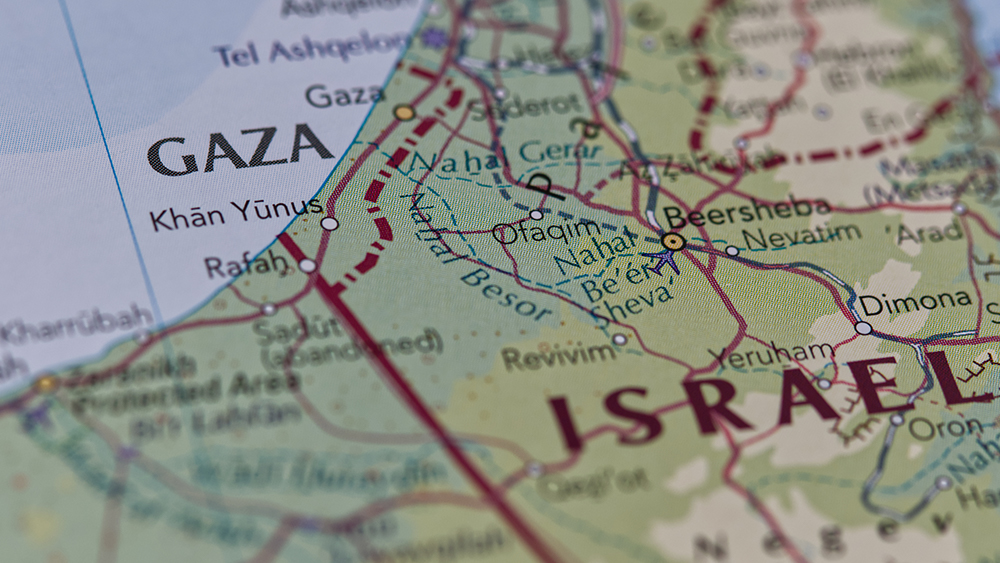 Parler
Parler Gab
Gab
- The Suez Canal, handling 15 percent of global maritime trade, faces unprecedented strain due to geopolitical tensions, weather impacts and Red Sea attacks, disrupting global supply chains and threatening economic stability.
- Traffic through the Suez Canal dropped by 50 percent in early 2024, with many ships rerouting around the Cape of Good Hope, adding at least 10 days to shipping times and increasing costs.
- Disruptions at key maritime chokepoints like the Suez have created a ripple effect, raising shipping costs, congestion and ton-miles, disproportionately affecting vulnerable economies.
- UNCTAD calls for urgent action to enhance maritime resilience, including low-carbon shipping investments, port efficiency improvements and addressing fraudulent ship registrations to mitigate risks and support global trade.
Suez Canal's challenges a microcosm of the broader issues facing global trade
The canal's strategic importance cannot be overstated. It reduces the distance between Europe and Asia by 8,900 kilometers (5,530 miles), saving shipping companies significant fuel and operational costs. However, its narrow width and reliance on toll revenues make it vulnerable to congestion and fluctuations in global trade. UNCTAD's report calls for urgent action to build resilience in the maritime industry. This includes investing in low-carbon shipping, enhancing port efficiency and addressing fraudulent ship registrations. The rise of a "dark fleet" of ships operating outside international regulations poses additional risks to safety, security and pollution control. The Suez Canal's challenges are a microcosm of the broader issues facing global trade. As UNCTAD emphasizes, coordinated efforts are needed to navigate these disruptions, support vulnerable economies and accelerate the transition to sustainable shipping. "The Suez Canal is a symbol of human ingenuity and a cornerstone of global trade," the report concludes. "By adapting to these challenges, we can ensure it remains a vital lifeline for the world economy." Watch this video discussing plans by Russia, Iran and India to bypass the Suez Canal through a series of transportation networks that go through Iran nicknamed the Second Persian Corridor. This video is from the channel MEGA Make Earth Great Again on Brighteon.com.More related stories:
Red Sea shootdown: Did the Houthis play a role in the U.S. Navy's "friendly fire" incident? Egypt's Suez Canal to take more vessels as drought-stricken Panama Canal deals with bottleneck situation. Depopulating Gaza could facilitate Israel's plans to build a lucrative rival to the Suez Canal. Suez Canal blockage disrupted global supply chains already strained by pandemic. Sources include: UNCTAD.org IMF.org Info.KerryLogisticsOceania.com Vocal.Media Brighteon.comCIA busy polishing its Ukraine legacy
By News Editors // Share
Hamas’ RESILIENCE in Gaza complicates path to lasting peace after ceasefire
By Kevin Hughes // Share
Zelensky demands U.S. troops put their lives on the line in Ukraine for peace deal
By Cassie B. // Share
Climate change fanatics want to bankrupt the entire world for little to no reward
By News Editors // Share
Governments continue to obscure COVID-19 vaccine data amid rising concerns over excess deaths
By patricklewis // Share
Tech giant Microsoft backs EXTINCTION with its support of carbon capture programs
By ramontomeydw // Share
Germany to resume arms exports to Israel despite repeated ceasefire violations
By isabelle // Share










